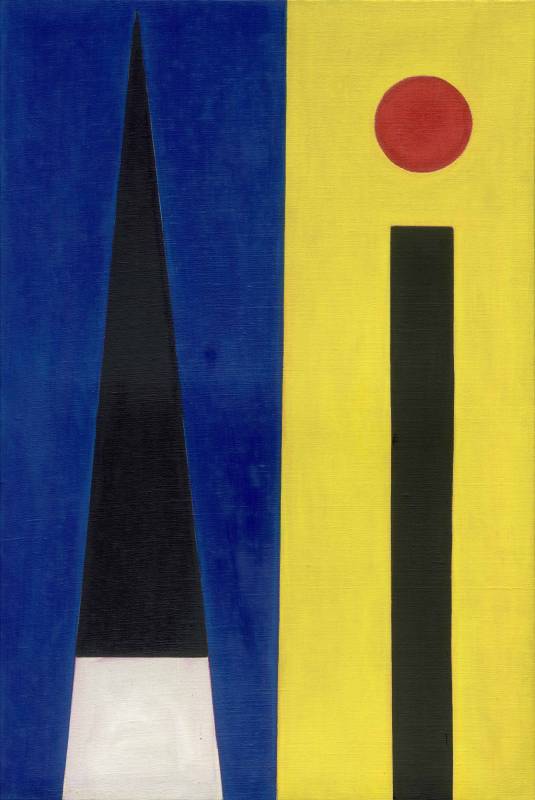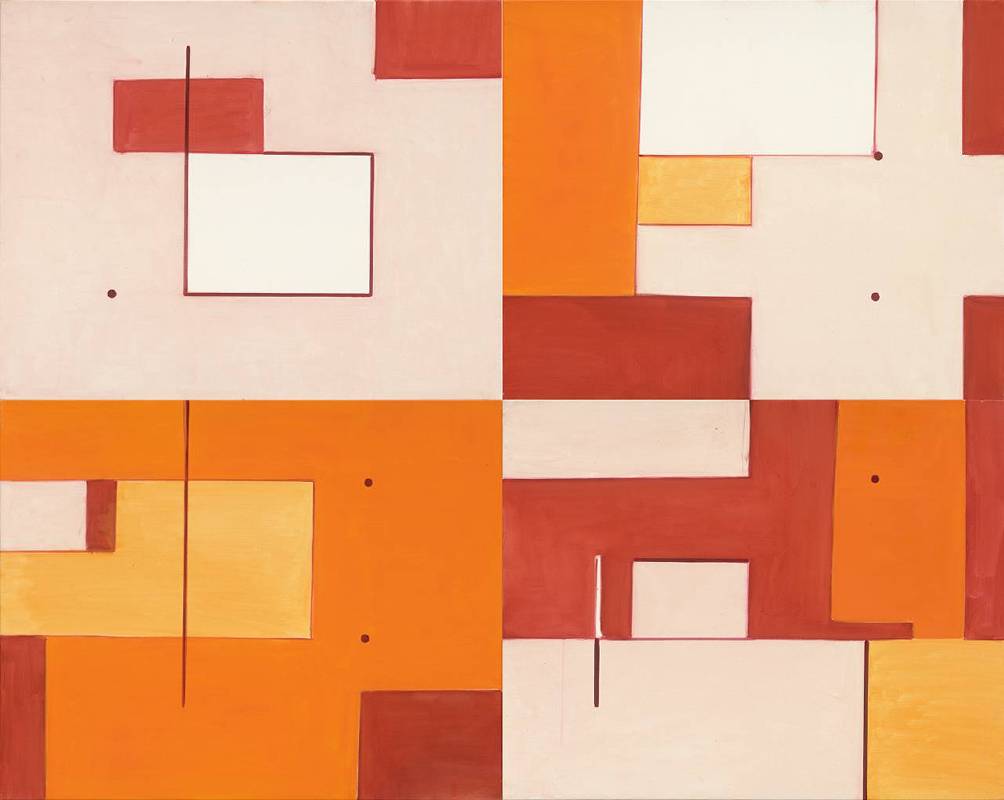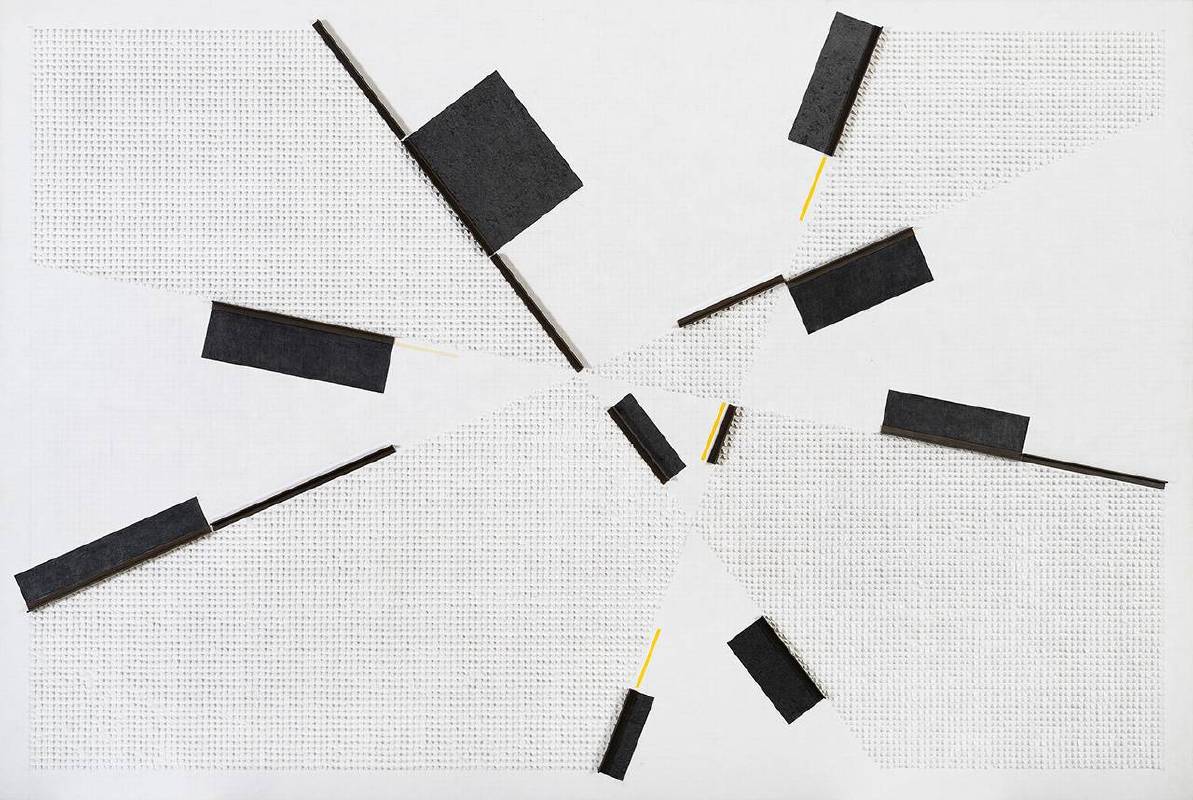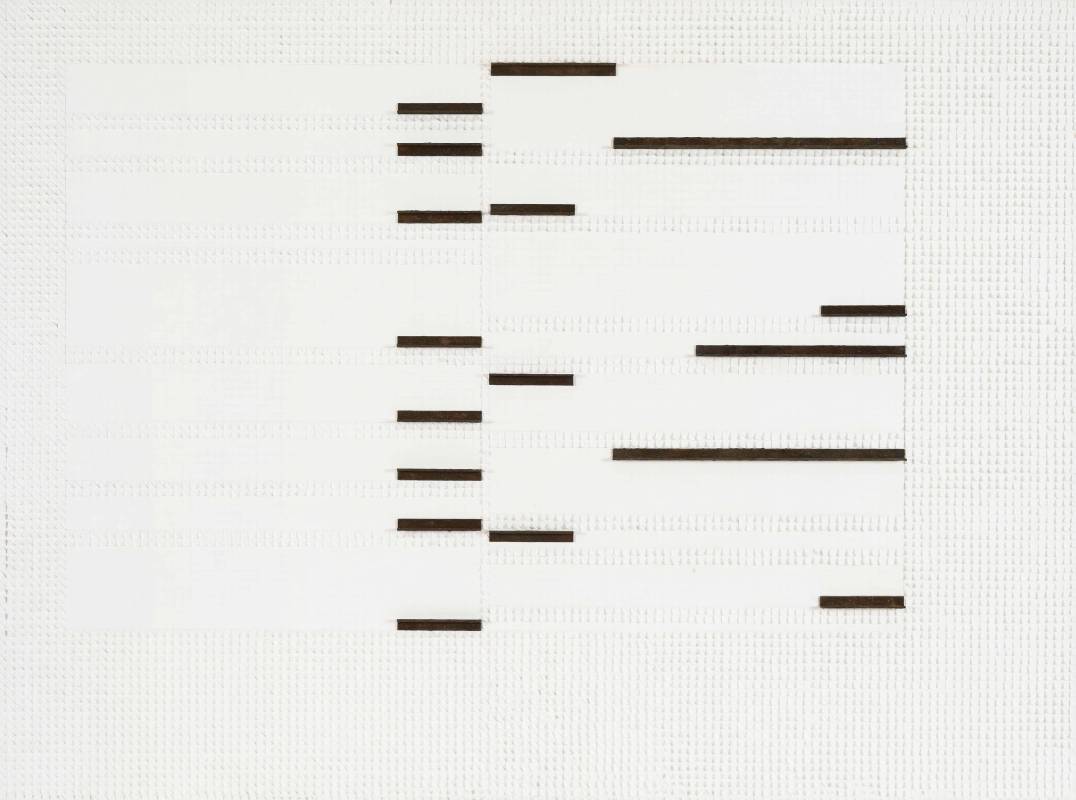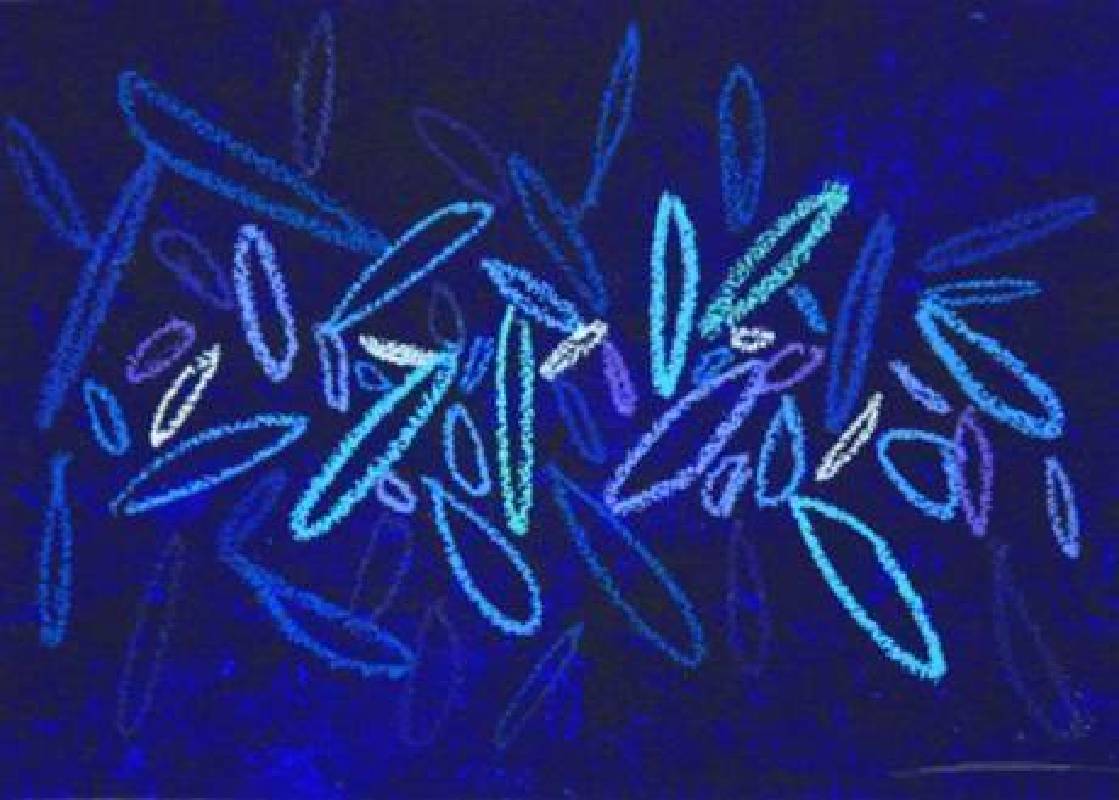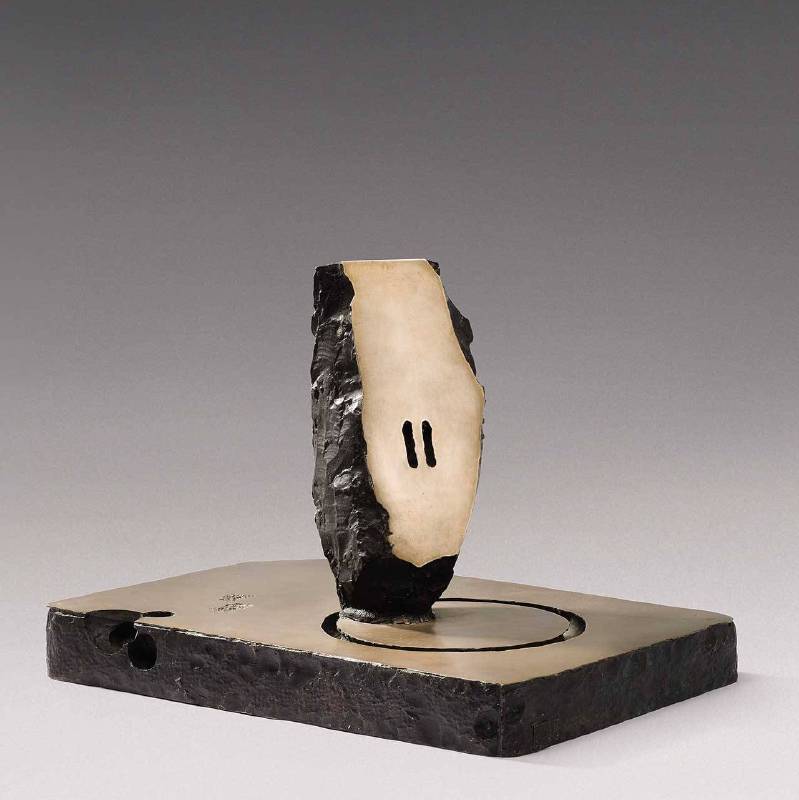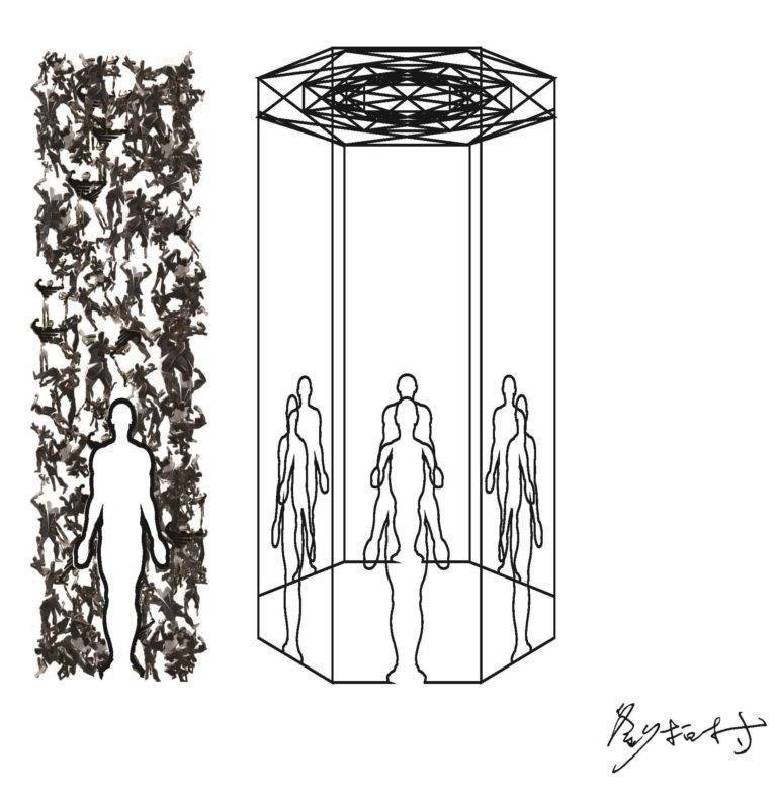采泥藝術
【2018 ART TAIPEI】臺北國際藝術博覽會
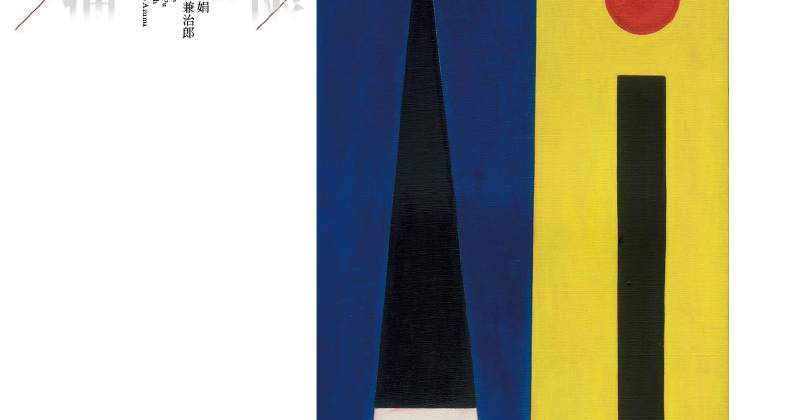
-
展期
日期:2018-10-25 ~ 2018-10-29
-
地點
台北世界貿易中心 展覽一館
-
2018 臺北國際藝術博覽會 ART TAIPEI
展位:J01
低限.冷抽—霍剛、莊普、謝貽娟、吾妻兼治郎 (Kenjiro Azuma)聯展
公共藝術:PA-D
劉柏村 -八方維度之金剛造像
2018 ART TAIPEI
“Minimalism · Cold Abstraction” — Joint Exhibition of Ho Kan, Tsong Pu, Jo Hsieh and Kenjiro Azuma
Booth:J01
LIU Po-Chun —Vajras of the Eight-dimensional Space
Public Art:PA-D
SVIP:
10.25|12pm-3pm
VIP :
10.25|3pm-9pm
10.26|11am-2pm
Date :
10.26|2pm-7pm
10.27|11am-7pm
10.28|11am-7pm
10.29|11am-6pm
Venue :
台北世界貿易中心 展覽一館|Taipei World Trade Center Exhibition Hall 1
[ 低限.冷抽—霍剛、莊普、謝貽娟、吾妻兼治郎 (Kenjiro Azuma)聯展 ]
采泥展位:J01
論及抽象藝術在台灣形成的風潮,學者均認同以1957年「五月」與「東方」兩畫會帶動的「現代繪畫運動」為起點;而至遲在1962年,東方畫會自歐洲引進的「龐圖國際藝術運動」,標舉所謂「靜觀」、「禪思」的東方哲學,類似低限、幾何的「冷抽」創作,也在台灣紮下根基,霍剛(1932-)正是其中最具代表性的典範。80年代後,由林壽宇帶領新生代創作者在空間上、材質上進行低限主義的美學實驗,開啟台灣極簡抽象藝術的風潮。
今年,采泥藝術以「低限、冷抽」為主題,展出霍剛、莊普、謝貽娟以及吾妻兼治郎(Kenjiro Azuma)等藝術家的抽象作品,試圖對於極簡抽象藝術進行深度的探勘了解。霍剛,為「東方畫會」創始會員的「八大響馬」之一。1964年,定居義大利米蘭,開始專注於繪畫本質的探究,從繪畫基本元素:點、線、面與色塊,從中發展合乎藝術家體質的抽象表現。莊普,留學西班牙,其繪畫以方印為基本單元,在立體派或幾何硬邊的構圖方式中,呈現意念的運動和自律性。謝貽娟,其創作乃結合東方禪學、西方哲學,以及人類心理與心靈的一種產物,企及觀者內心深處的傑出創作。另外,本次特別展出著名的日本雕塑家吾妻兼治郎(Kenjiro Azuma)的雕塑作品,為龐圖運動的代表人物,其雕塑作品以簡約且精煉的造型著稱,作品表面錯落的孔洞猶如現代人內心棲息的角落,傳遞饒富禪學的雋永深意與內涵。
“Minimalism · Cold Abstraction” — Joint Exhibition of Ho Kan, Tsong Pu, Jo Hsieh and Kenjiro Azuma
Booth : J01
The wave of abstract art surged in Taiwan with the Modern Painting Movement advocated by the Fifth Moon Art Group and the Ton Fan Art Group in 1957. And around 1962, the Ton Fan Art Group also introduced the PUNTO International Art Movement to Taiwan. This movement put its emphasis on Eastern philosophical aspects presenting creations with minimal and geometric elements, which can be seen as Cold Abstract. An example representative of this artistic wave would be Ho Kan (1932-). Later, in the 80s, led by Richard Lin, Taiwanese artists started to carry out a series of aesthetic experiments in Cold Abstract using different aspects of space and materials, opening a new chapter of minimal abstract art in Taiwan.
This year, Chini Gallery will exhibit the works of Ho Kong, Tsong Pu, Jo Hsieh and Kenjiro Azuma at ART TAIPEI 2018 on the theme of “Minimalism · Cold Abstraction.” Ho Kan is one of the original “Eight Great Outlaws” of the Tong Fang Art Group. His abstraction is executed in a subtractive manner, simple yet highly poetic. Tsong Pu, who has studied abroad in Spain, uses the stamp as a basic unit of his style, resembling the compositions of Cubism and Pointillism to convey a sense of conscious movement and autonomy. Jo Hsieh’s outstanding works for attempting to combine Eastern Zen and Western philosophy with the human psychology and mind, to create work that can gaze deeply into the soul. In addition, sculpture works of Japanese sculptor, Kenjiro Azuma, famous for his minimalistic yet articulated style, will also be presented in this exhibition. His work resembles the hidden corners in the heart of modern people, conveying the context and connotation of Zen philosophy.
[ 劉柏村-八方維度之金剛造像 ]
公共藝術展位:PA-D
在數學中, 一個 n 實數的序列可以被理解為 n 維空間中的一個位置。當 n 等於八時,所有這樣的位置的集合被稱為 「八維空間」。 通常這種空間被研究為一個向量空間,而沒有任何距離的概念。簡易的說它是一個幾何結構凝聚的能量場域。「八方維度之金剛造像」即援用八維空間的概念,運用雷射切割的手法,設定 20~80cm 之各尺寸大小不一的金剛造形元素,拼接構成一座八面體的鋼鐵圍牆,並於這結構體各面保留一人形空間,以供觀眾進入。上方安置每分鐘一轉之馬達與 led 變色投射燈。作品運用重複的表現,但尺寸不同、肢體各異的金剛形象以多點並存所構成的面,進而拼接圍成的八面結構體,如此的多面向維度空間,象徵如同宇宙中的八面維度。作品表現當今工業時代的面貌,意指在時間流變的未來過程中,事物價值的存有、變動與消逝,具體顯示一種生命不安的內在情愫。
LIU Po-Chun —Vajras of the Eight-dimensional Space
Public Art Booth:PA-D
In mathematics, a sequence of n real numbers can be understood as a location in n-dimensional space. When n equals 8, the set of all such locations is called eight-dimensional space. Such spaces are often studied as vector spaces, without any notion of distance. In a way, the term may refer to an energy field created with geometric structures. Vajras of the Eight-dimensional Space adopts the concept of eight-dimensional space and uses laser cutting technology to produce vajras in various sizes ranging from 20 cm to 80 cm. These vajras are then joined together to build an eight-faceted steel tower with each facet presenting a figural form that serves as both an entrance and an exit. The tower ceiling is installed with a motor of one revolution per minute and color-changing LED projection light. Using the expression of repetition and the elements of vajras in different sizes and gestures, the work reveals facets that encompass multiple points and form an eight-faceted structure. The multi-faceted space symbolizes the eight-dimensional space in the cosmos. Depicting contemporary industrial reality, the work beckons at the existence, change and disappearance of the values and things throughout the process of flowing time, embodying the feeling of restlessness in life.

